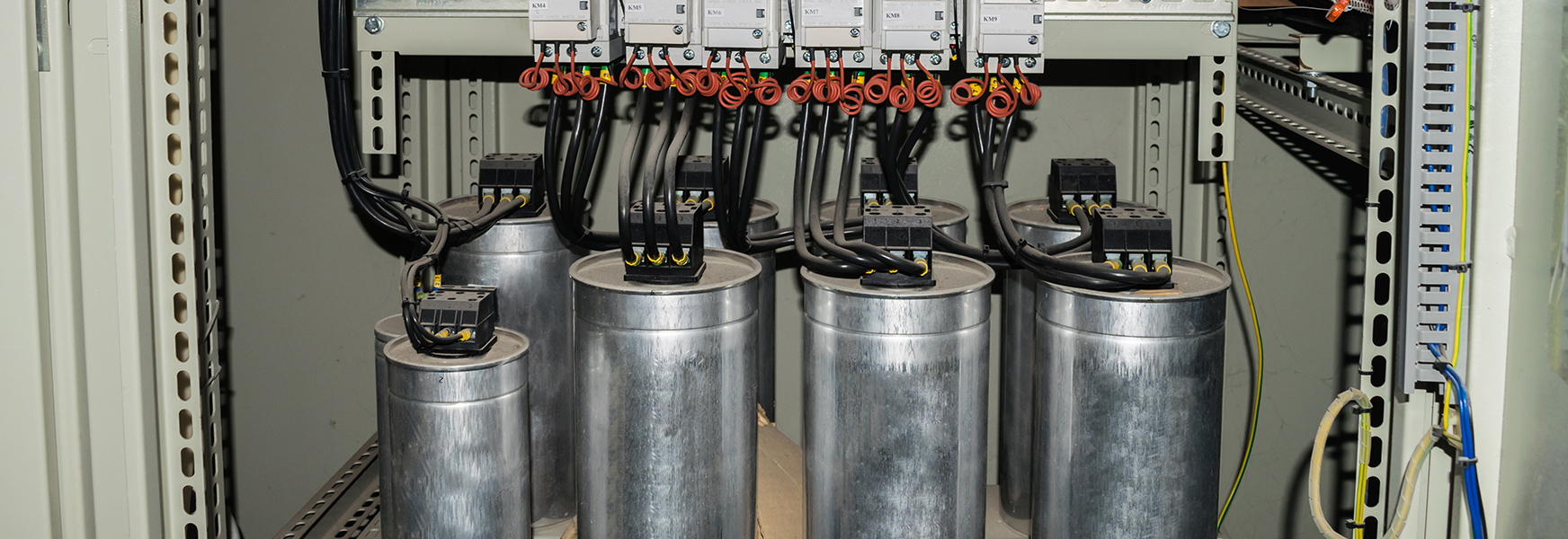Capacitors: It is Shocking What You May Not Know

Capacitors are used in a wide variety of equipment and systems, commonly as a source of stored energy for power factor correction and motor starting. They are popular components that electricians, maintenance personnel, and HVAC technicians come across regularly in the process of performing inspections, trouble shooting, or repairs.
In many cases, these devices may retain a substantial electrical charge long after power is removed from a circuit. This presents a dangerous shock and arc flash hazard if actions are not taken to release the stored energy, which may occur if a worker is unfamiliar with the de-energization procedures of a particular equipment or system. A worker may believe conditions are safe after turning off the power and going through the conventional lockout/tagout procedures. However, the stored energy within a capacitor becomes a lurking threat.
While electrical capacitors have long been recognized in many trades as a potential electrical hazard, historically the National Fire Protection Association (NFPA) 70E standards for electrical safety did not say much about them. In previous editions of NFPA 70E, capacitors were mentioned within Article 120 - Establishing an Electrically Safe Work Condition, where the standards call for the release of stored energy.
The standard states that “all capacitors shall be discharged, and high-capacitance elements shall also be short-circuited and grounded before the associated equipment is touched or worked on.” Beyond this, there was no detailed guidance on how to assess the risk associated with capacitors or safe work practices that should be followed.
However, the 2021 update to the NFPA 70E standard includes a significant change by adding two specific sections dedicated to addressing the unique electrical safety requirements for capacitors. These new additions to the consensus standard are in Article 360: Safety-Related Requirements for Capacitors, and Annex R: Working with Capacitors.
Some of the key additions within Article 360 include:
- Stored energy hazard thresholds which trigger the application of safe work practices
- Worker qualification and training requirements
- Risk assessment procedures specific to capacitors
- Requirements for written procedures and safe work practices when establishing an electrically safe work condition for a capacitor(s)
- Requirements for grounding sticks to safely discharge residual stored energy
Within the Informative Annex R is additional information for working with capacitors, such as:
- Characteristics of capacitor hazards, such as shock, short circuit (thermal and arc flash), and physical (internal ruptures, fires)
- Additional guidance on performing risk assessment procedures, including how to determine the shock, arc flash, and arc blast hazard for a capacitor
- Selection process and methods for testing and grounding
- Capacitor storage, disposal, and labeling
- Detailed guidance on ground sticks, such as construction, installation, visual inspection, and testing requirements.
With all the new attention the NFPA 70E standard has given to this specific hazard, employers should take a close look at their policies, procedures, and training to ensure they have prepared their employees to safely handle encounters with these common devices.
For more information, the 2021 edition of the NFPA 70E standard can be viewed free of charge on the NFPA’s website at the following link: NFPA Code 70E. For information about previous NFPA 70E updates, refer to these MEMIC blogs:
Do Your Employees Work on "Live" Electrical Parts?
MEMIC policyholders can access an NFPA 70E compliance checklist and webinar on the safety director and utilize BLR training tools for electrical safety. Your MEMIC safety consultant can provide additional information.

